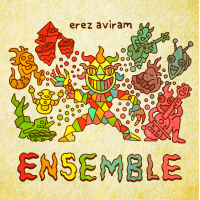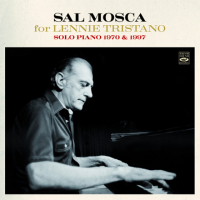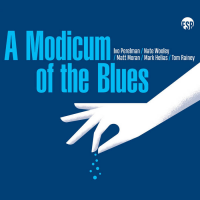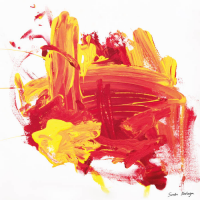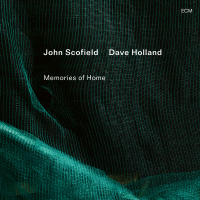Home » Jazz Articles » Album Review » Klaus Filip and Dafne Vicente-Sandoval: Remoto
Klaus Filip and Dafne Vicente-Sandoval: Remoto
On paper, the combination of bassoon with sine waves probably conjures up a mental image of the resulting soundscape. Whatever that may be, it is very unlikely to closely resemble the one actually produced here by Filip and Vicente-Sandoval. That is mainly because the distinctive full, fruity tone of the bassoon is absent, with Vicente-Sandoval adopting a minimalist, deconstructed approach to her instrument that includes long periods of silence punctuated by percussive tappings or scrapings on various parts of it and blown (especially breathily under-blown or overblown) notes across its full range of possibilities. Filip is just as assiduous in avoiding stereotypical uses of the sine waves, never resorting to employing them as steady-state drone accompaniment or filling, instead exploring a range of durations and frequencies, including lower frequencies which provide some dramatic highlights.
The end result is that the sounds produced by Filip and Vicente-Sandoval inhabit territory which emphasises the similarities between them rather than the contrasts. When both of them use low frequencies together some thirteen minutes into "Obscur," the chemistry between them verges on sexual and the effect is enough to make the hairs on one's neck bristle. Each of them is so far away from playing on safe, familiar ground that it is often difficult to determine from which a particular sound originated. As with any good eai collaboration, the secret of its success lies in the interactions between the players and their reactions to one another.
Crucially, this is a pairing of equals, with no senior partner or hierarchy of esteem; neither of them is obviously leading or intended to be heard as the foreground sound. Instead, the ebb and flow between them is constant, as they allow each other sufficient space and time to say what they need to. On the second track, the space in which they played—the church—becomes an equal third member of the grouping, its acoustics and the players' reactions to them helping to shape the music. Altogether, this is a textbook case of eai at its mesmerising best.
Track Listing
Obscur; Clair.
Personnel
Klaus Filip: sine waves; Dafne Vicente-Sandoval: bassoon.
Album information
Title: Remoto | Year Released: 2013 | Record Label: Potlatch Records
Tags
PREVIOUS / NEXT
Support All About Jazz
 All About Jazz has been a pillar of jazz since 1995, championing it as an art form and, more importantly, supporting the musicians who make it. Our enduring commitment has made "AAJ" one of the most culturally important websites of its kind, read by hundreds of thousands of fans, musicians and industry figures every month.
All About Jazz has been a pillar of jazz since 1995, championing it as an art form and, more importantly, supporting the musicians who make it. Our enduring commitment has made "AAJ" one of the most culturally important websites of its kind, read by hundreds of thousands of fans, musicians and industry figures every month.














